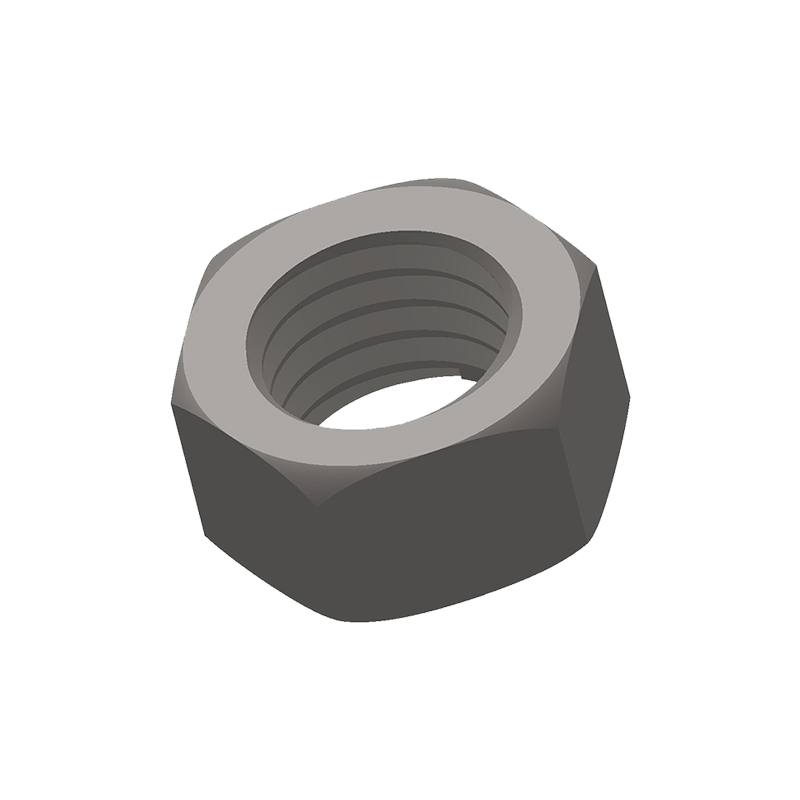Channel steel is just one of several structural materials used in construction and other industries. The choice of material depends on various factors, including the intended use, load-bearing requirements, cost, availability, and specific project constraints. Let's compare channel steel to some other common structural materials:
I-Beams (Steel Beams): I-beams, also known as steel beams, have a cross-section shaped like the letter "I." They are often used for heavy-load bearing applications where longer spans and higher load capacities are required. I-beams have a greater load-bearing capacity than standard channel steel due to their more efficient shape for distributing loads along the length of the beam.
Wood: Wood is a traditional and widely used structural material. It's commonly used for framing in residential construction. While it's not as strong as steel, wood is relatively lightweight and can be cost-effective. However, its load-bearing capacity is lower than that of steel, and it's susceptible to decay, insect damage, and fire.
Concrete: Concrete is a versatile structural material used in various forms, such as reinforced concrete columns, beams, and slabs. It has excellent compressive strength, making it suitable for vertical loads. However, concrete is weaker in tension and can crack under certain conditions. The combination of concrete with reinforcing materials (such as steel rebar) can enhance its overall strength.
Aluminum: Aluminum is a lightweight and corrosion-resistant material used in some structural applications, particularly in environments where corrosion is a concern. It's not as strong as steel but is valued for its weight-saving properties, making it useful for certain lightweight structures.

Structural Composite Materials: These materials combine different materials to create a composite with desirable properties. For example, fiberglass-reinforced polymers (FRP) can offer excellent corrosion resistance and high strength-to-weight ratios, making them suitable for specific applications where traditional materials may not be as effective.
Masonry: Masonry materials, such as brick and concrete blocks, are commonly used for load-bearing walls in buildings. While not as versatile as steel in terms of structural flexibility, masonry can provide durability and thermal insulation.
When comparing channel steel to other structural materials, it's important to consider factors such as strength, weight, durability, cost, ease of installation, and resistance to environmental factors (e.g., corrosion, fire). The selection of the most suitable material depends on the specific project requirements and the trade-offs between these factors. Engineering professionals typically assess these factors to make informed decisions about the appropriate material for a given application.

 中文简体
中文简体
 English
English
 Español
Español
 Deutsch
Deutsch













.png)






